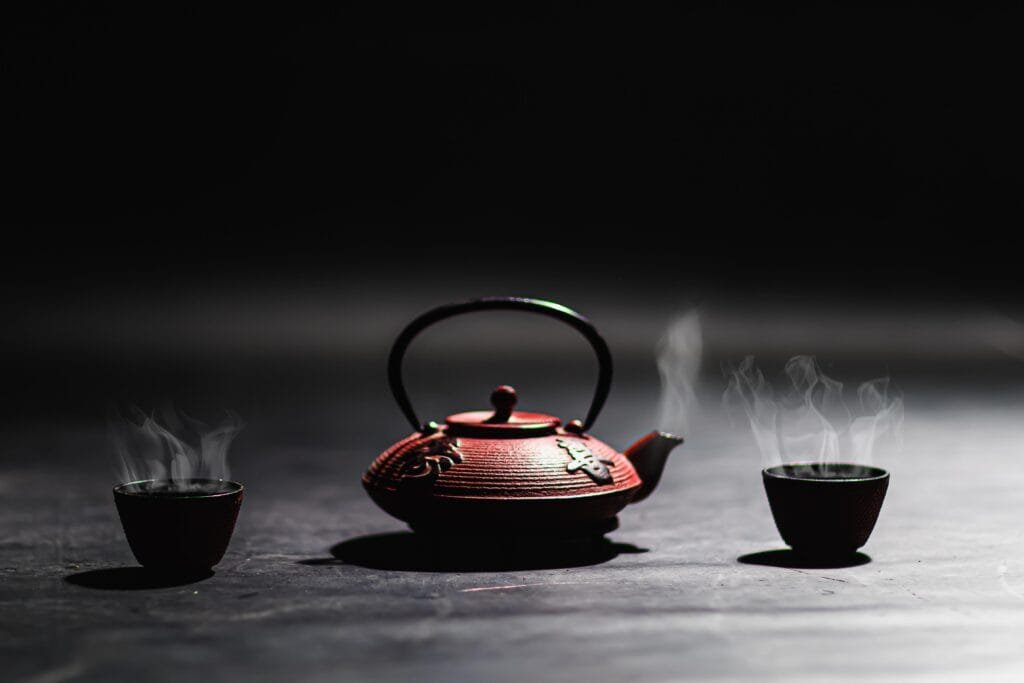
Zisha teapots are loved by tea lovers for their unique materials and craftsmanship, but to keep them in the best condition, proper maintenance and care are essential. The following is a detailed introduction to the use, maintenance, care and precautions of Zisha teapots.
Preparation before use
Handling of new teapots: Before using a newly purchased Zisha teapot for the first time, it is recommended to boil it with tea soup. This not only removes the earthy smell in the pot, but also allows the pot to absorb the tea fragrance. The specific method is to put the pot in a pot of water, heat it over a low fire, add tea leaves when the water is about to boil, remove the tea residue after boiling, and wait for a while before placing the pot in a dry and odor-free place to dry naturally in the shade.
Cleaning of old pots: For old pots, after each tea brewing, the tea residue should be poured out in time, and the remaining tea soup in the pot should be rinsed with hot water to keep the pot clean and hygienic.
Daily maintenance
Keep dry: After use, be sure to keep the pot dry and avoid moisture accumulation. When storing, choose a well-ventilated place and avoid placing it in a humid or sealed environment.
Avoid oil stains: Zisha teapots should be kept away from oil smoke and dust, and should not be contaminated with oil stains, which will affect the air permeability of the teapot and its ability to absorb tea fragrance.
Moderate cleaning: When cleaning the teapot body, it is recommended to use a soft brush to gently scrub and avoid excessive friction. After cleaning, wipe it gently with a clean tea towel, and then place it in a ventilated place to dry in the shade.
Tips for maintaining the teapot
Frequent use: The value of a purple clay teapot lies in its frequency of use. The more times you brew tea, the more tea juice the teapot absorbs, and over time, a natural luster will form on the surface of the teapot.
Regular rest: After frequent use, the purple clay teapot also needs appropriate rest time so that the clay body of the teapot can dry naturally and enhance its adsorption capacity.
Avoid retaining tea dregs: Some people are accustomed to leaving tea dregs in the teapot to “maintain the teapot”, which is not advisable. Tea dregs are easy to sour and produce odors in the teapot, which is harmful to the teapot.
Precautions
Do not use chemical cleaners: When cleaning a purple clay teapot, do not use detergent or other chemical cleaners, which will destroy the tea flavor and appearance of the teapot.
Regular inspection: Check the condition of the pot regularly to ensure that there are no cracks or other damage to avoid accidents during use.
Suitable tea types: Different purple clay pots are suitable for different types of tea. It is recommended to prepare special pots for different types of tea to avoid confusing the tea aroma.
Conclusion
The maintenance and care of purple clay pots can not only extend their service life, but also enhance their collection value. Through reasonable use and careful maintenance, you will be able to enjoy a more mellow tea aroma and a better tea ceremony experience.